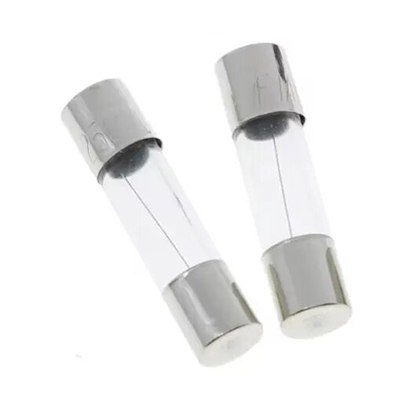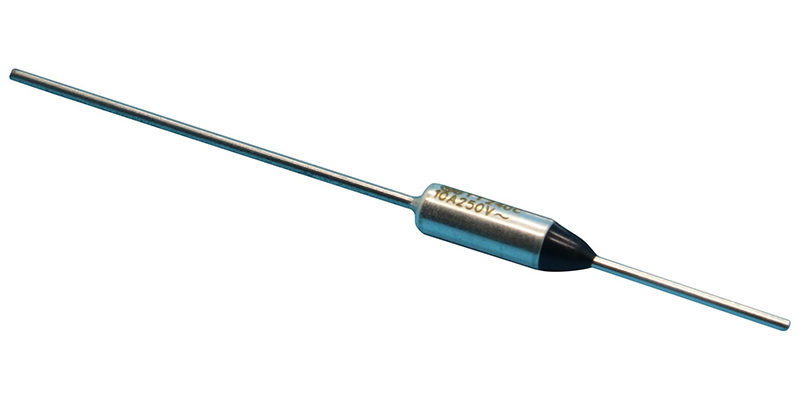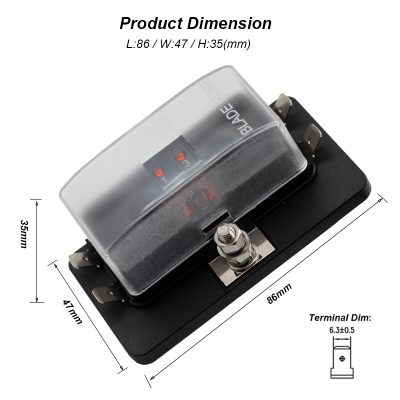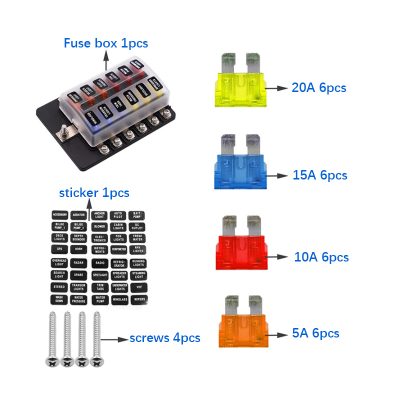Glass Fuse Assortment for Professional Mechanics
News 2025-10-27
Glass fuse assortments are essential components in the toolkit of professional mechanics, offering a reliable solution for circuit protection in various electrical systems. These fuses, made from durable glass tubes with metal end caps, are designed to safeguard against overcurrent and short circuits, preventing damage to sensitive equipment. For mechanics working on automotive, industrial, or electronic repairs, having a comprehensive assortment ensures quick access to the right fuse size and rating, enhancing efficiency and safety on the job.

In automotive settings, glass fuses are commonly used in vehicles to protect wiring harnesses, lighting systems, and audio equipment. Professional mechanics rely on these fuses during routine maintenance or complex repairs, such as diagnosing electrical faults in cars and trucks. Beyond automotive applications, they are vital in industrial machinery, where they guard against overloads in control panels and motors. This versatility makes glass fuse assortments indispensable for mechanics handling diverse projects, from fleet maintenance to custom installations, ensuring systems operate smoothly under demanding conditions.
Glass fuses excel in performance due to their fast-acting response to electrical faults, which minimizes downtime in critical operations. Constructed with high-quality materials, they offer excellent resistance to vibration and temperature fluctuations, making them ideal for rugged environments. The assortment typically includes a range of amperage ratings and sizes, allowing mechanics to match fuses precisely to specific applications, reducing the risk of failures. This precision and reliability contribute to longer equipment lifespan and cost savings, as mechanics can address issues promptly without compromising safety standards.
1. What are the common sizes in a glass fuse assortment?
Glass fuse assortments usually include sizes like 3AG, 5AG, and 6x30mm, covering a wide range of amperage from 1A to 30A to suit various mechanical needs.
2. How do glass fuses differ from ceramic fuses?
Glass fuses are transparent, allowing visual inspection of the filament, while ceramic fuses offer better heat resistance; mechanics choose based on the application’s environmental demands.
3. What maintenance tips should mechanics follow for fuses?
Regularly check fuses for signs of wear, ensure correct ratings are used, and store assortments in dry, organized kits to maintain reliability during use.


